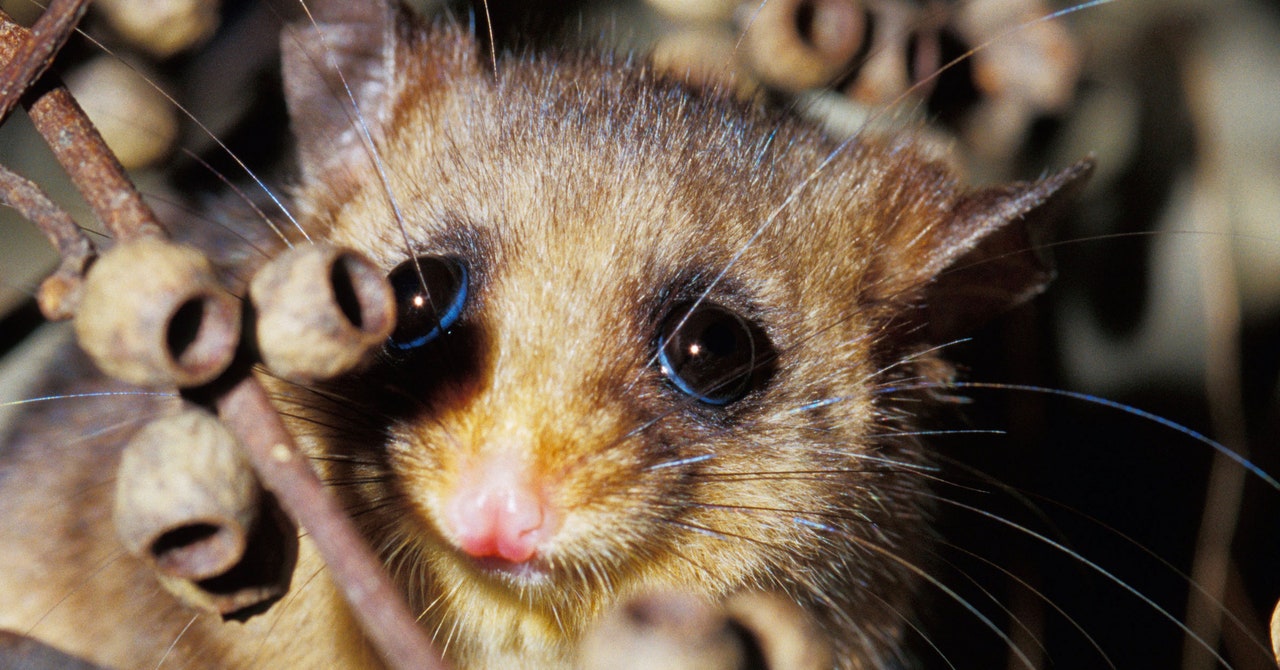The climate crisis is a math problem: Donate today to save the whales that can, but not before, return to the prairies
But compared with the 2021 United Nations climate conference in Glasgow, or its follow-up meeting in Egypt last month, this gathering is getting little press coverage. While there are protesters in Montreal, the mass movement for biodiversity is far smaller than the one asking climate justice.
That’s the real trouble with spectacles of extinction: By seizing our attention and our hearts, they obscure the countless ongoing efforts to protect biodiversity from the ground up. Throughout the plains of North America, for example, the Indigenous communities whose expertise the conservation movement has long ignored are returning bison to the prairie ecosystem. In North America and Europe, beavers have been integrated into the restoration process by an enthusiastic network of land managers. Where I live, in the Pacific Northwest, a small, not particularly flashy butterfly called the Fender’s blue inspired a collaboration that has not only recovered the species but helped restore its prairie habitat. There is a national conservancies that allow those who live with some of the world’s most threatened creatures to benefit from the resulting tourism and hunting opportunities. Thanks in part to the sustained efforts of Namibian conservancy members, the country’s cheetah population is not — for now, at least — racing against extinction, but stable.
Biodiversity protection is more complicated than climate protection, since it relies less directly on technology such as cheaper solar panels and has fewer clear measures of success.
So we dwell, with appalled fascination, on the northern white rhino, a subspecies that has only two surviving members — both female — and whose future may depend on the ability of reproductive scientists to turn skin cells into stem cells and eventually into viable sperm and egg cells. It might one day work to create a hybrid individual with DNA from extinct and current species, but it will never reverse extinction. We post and donate on our behalf on other continents, conflating our concern with effective action. Suzanne Brandon, a Ph.D. student in sociology who studied the experiences of “voluntourists” in Namibia, found that while they felt outrage about the overall plight of the species, they were largely unaware or dismissive of local conservation policies and practices.
The biodiversity crisis is a math problem. The problem is one where you can go astray if you get hung up on numbers. Maybe 1 million species are at risk of extinction. Or if you’re going by species that scientists have specifically identified as threatened, it’s 42,100. Both of these are wrong. extinction rates are 1000 times higher than historical averages. Is it more than 100 times higher?
Here’s the thing: Whichever numbers you plug into the calculation, you get the same result. The planet is in bad shape. There are many, many more species faced with extinction than we can realistically save. In emergency situations we need to assess our victims.
Picking which species to protect and which to sideline is right at the heart of conservation, but we don’t talk enough about how these decisions are made. The bald eagle is culturally significant, so should we pick it? Is it possible we should focus on plants that are useful? What about plants that are critical to the environment? Or the ones that are most under threat? In the case of a long-running British ad campaign to sell car insurance, meerkats grab our attention for their cute, charismatic and cheery face.
It is possible to think of animals in a different way and come up with a list of which species to protect. Rikki Gumbs, a conservationist at the Zoological Society of London, argues that we should be focusing more on species that are both evolutionarily distinct and endangered. This approach can lead us towards all kinds of strange and wonderful creatures. Take solenodons, for example. This shrew-like animal is one of the very few venomous mammals that exist today. The two solenodon species were the only ones that existed around 76 million years ago. That is a lot of evolutionary history on those very small, very hairy, shoulders.
The EDGE metric was updated by a group of zoologists. Biologists today have a much better idea of how different animal species are related, as well as how endangered species are. Plus, Gumbs wanted a way for the EDGE metric to rank species whose conservation status is unknown—which is the case for the vast majority of the world’s creatures. Gumbs have been out of commission for more than a year because of a medical emergency but the updated EDGE metric was completed last year. EDGE2 was published in the journal on February 28, 2023.
Gumbs calls these species “weird and wonderful”—they diverged so long ago from their ancestors and have so few living relatives that they stick out to us as unusual. Species like this are—to use Gumbs’ word—edgy. The blind snake is a bright pink reptile that differs from the closest living relative 65 million years ago.
